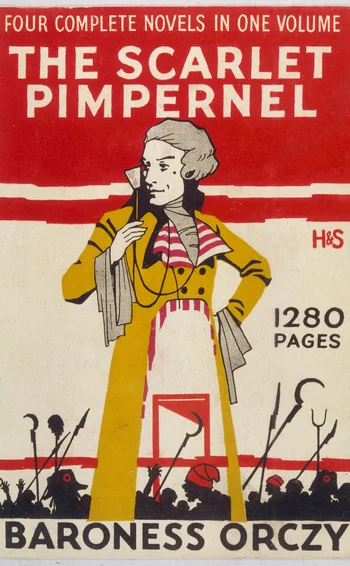
Capturing moral hazard: the Scarlet Pimpernel of finance
Moral hazard exists in many contexts, but can be ‘damned elusive’ to capture, writes Jesper Berg

Moral hazard is a concept that is strongly associated with banking. It exists when somebody takes a risk and benefits from the outcome while any negative consequences of the outcome are disproportionately borne by somebody else.
Moral hazard exists, for example, when a depositor makes a deposit that is covered by deposit insurance at a risky bank that offers a high rate of interest. It also appears when the chief executive of a bank takes excessive risks to get a high(er) bonus, knowing full
Only users who have a paid subscription or are part of a corporate subscription are able to print or copy content.
To access these options, along with all other subscription benefits, please contact info@centralbanking.com or view our subscription options here: subscriptions.centralbanking.com/subscribe
You are currently unable to print this content. Please contact info@centralbanking.com to find out more.
You are currently unable to copy this content. Please contact info@centralbanking.com to find out more.
Copyright Infopro Digital Limited. All rights reserved.
As outlined in our terms and conditions, https://www.infopro-digital.com/terms-and-conditions/subscriptions/ (point 2.4), printing is limited to a single copy.
If you would like to purchase additional rights please email info@centralbanking.com test test test
Copyright Infopro Digital Limited. All rights reserved.
You may share this content using our article tools. As outlined in our terms and conditions, https://www.infopro-digital.com/terms-and-conditions/subscriptions/ (clause 2.4), an Authorised User may only make one copy of the materials for their own personal use. You must also comply with the restrictions in clause 2.5.
If you would like to purchase additional rights please email info@centralbanking.com test test test








